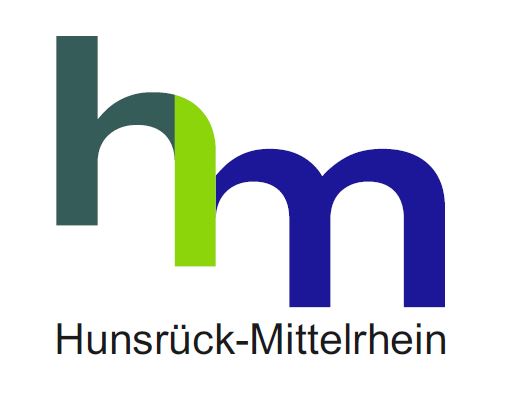Werlauer Schacht auf dem Erzweg
56325 St. Goar
The Gute Hoffnung mine on the left bank of the Rhine, also known as the "Prinzenstein mine" due to its location below a vantage point, was first mentioned in a document of the properties of the Landgraviate of Hesse dated November 7, 1562, where it is already described as "ancient". The Romans had already left traces of mining on the Middle Rhine. Landgrave Constantin of Hesse granted the mining permit in 1753, and in 1756/58 a smelter and a stamp mill were built in the nearby Gründelbach Valley, with smelting operations commencing in 1758. The mine was named "Constantins-Erzlust" in honor of the father of the country.[2] The processing plant was relocated in 1850 to the entrance of the main adit directly on the Rhine. In the following years, between many closures, the Werlauer Gewerkschaft (1815-1907), the Bergbau-AG Friedrichssegen (1907-13), then again the Werlauer Gewerkschaft (1916-1934) and finally the Stolberger Zink-AG (from 1934),[3] which still owns the mine site today, acted as operators. At that time, the Gustav shaft existed with a depth of 270 m, the Mittel shaft with 490 m and the Christian shaft with 435 m.[4] Near Werlau, another surface shaft was sunk in 1936. This shaft, initially called Adolf Hitler Shaft, was later renamed Werlau Shaft.

